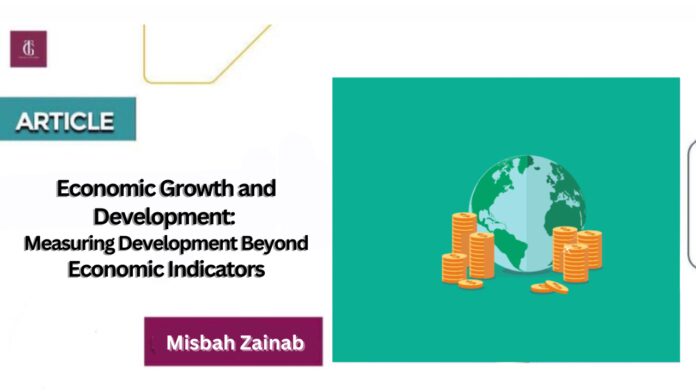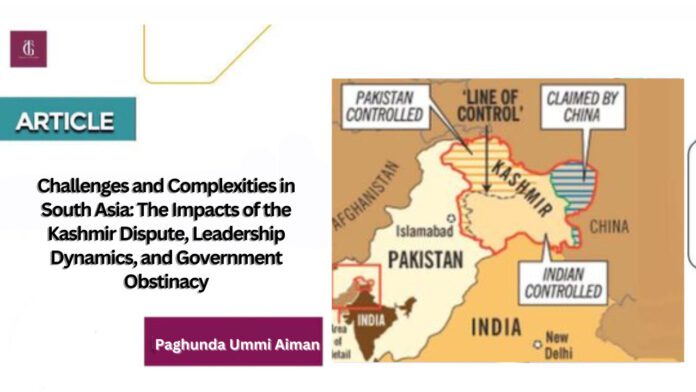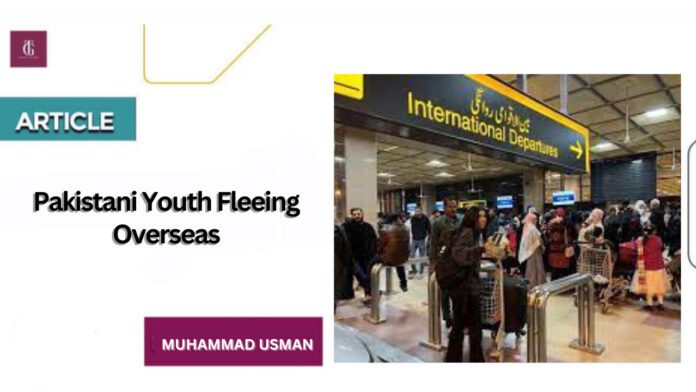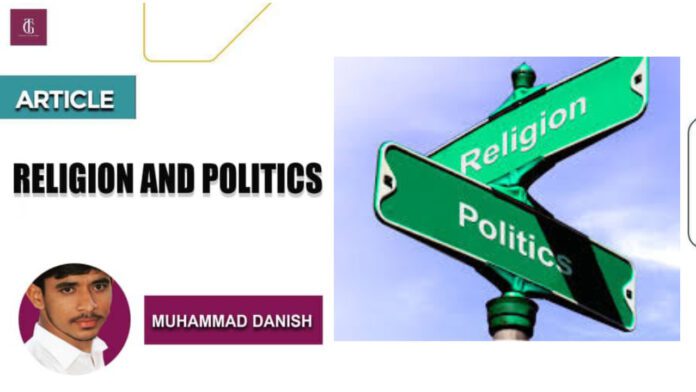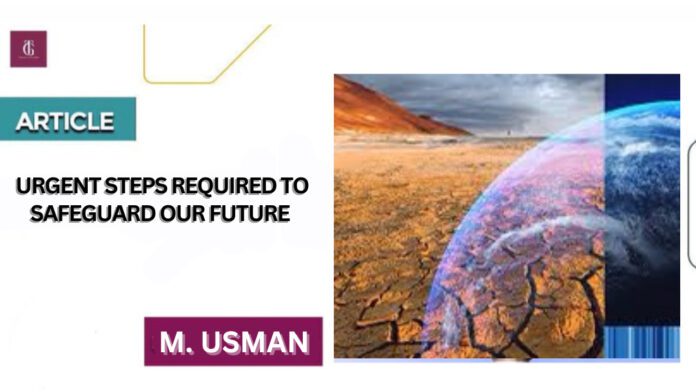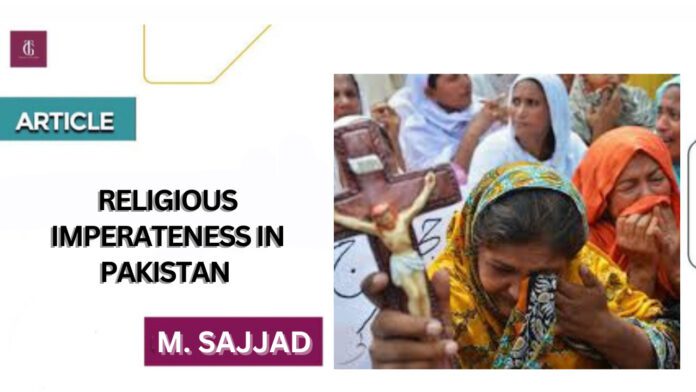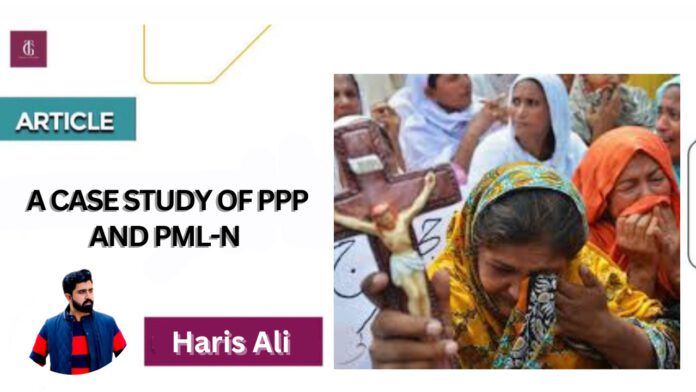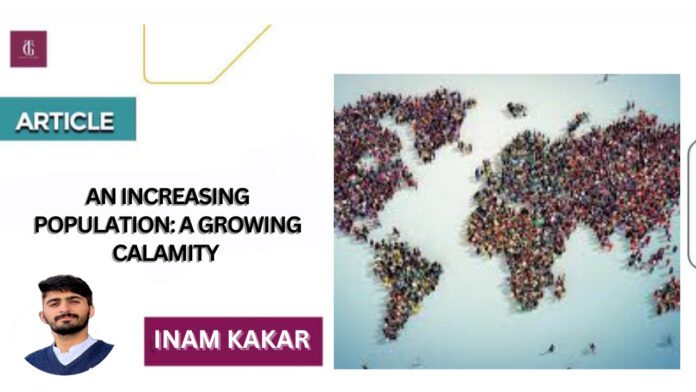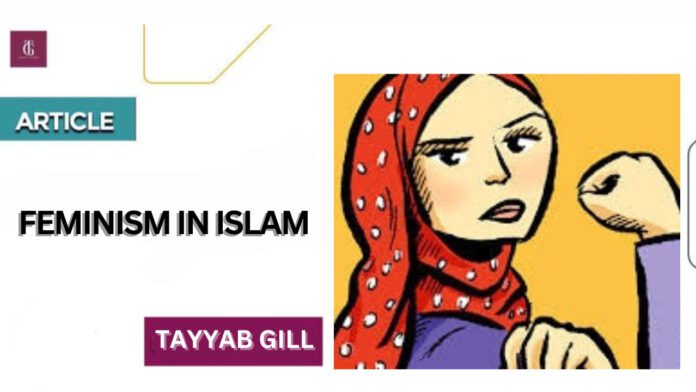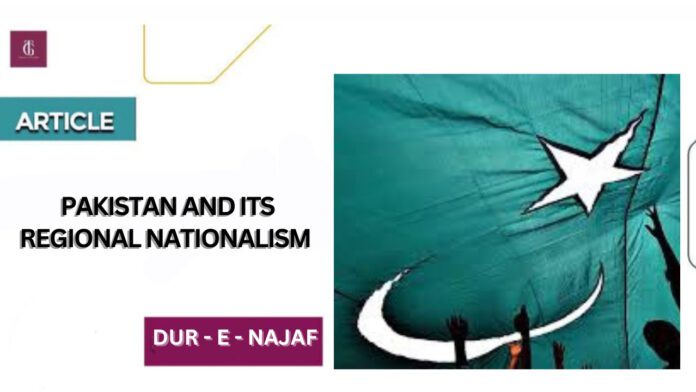Economic growth, economic development, and human development are often used interchangeably, though they are distinct ideas. Understanding these terms’ differences can enhance our understanding of development in a wider framework. This article explores the relationship between economic growth, development, and human development. It examines the economic indicators used to measure development and their critique. Moreover, it looks beyond economic indicators to incorporate social, political, and environmental indicators to understand human development in a broader context.
Oxford Dictionary defines economic growth as “The increase in the production of goods and services per head of population over a stated period of time.” In simple words, economic growth is the expansion of a country’s economy. One way to measure economic growth is to track people’s access to certain goods and services. The drawback is that simply measuring access does not ensure development. For example, access to healthcare does not reflect if people are economically well enough to take advantage of the provided service. The presence of an up-to-date hospital in an underdeveloped area does not mean that people can afford treatment there.
Another way is to measure the ratio between people’s income and prices of particular goods and services. This ratio is called real income. Thus, economic growth occurs when income increases or prices of commodities decrease.
Economic development is a broader concept and considers not only economic growth and the productive capacity of society but also social well-being of people. It reflects improvement in those services that reduce poverty inequality and improve economic conditions of people such as better standard of living, infrastructure, increase in trade, increase in employment opportunities etc. The idea of economic growth and economic development is closely intertwined. With economic growth, employment opportunities also increase, which leads to economic development by increasing GDP and GNI per capita, which ultimately raises people out of poverty.
Human development includes broader social, political, and environmental factors that directly affect people’s life such as individual freedom, social security, gender and racial equality, mortality rate, access to basic necessities, etc. Thus, human development is a more comprehensive concept encompassing both economic growth and development.
Economic Indicators of Development
Development is often measured by using economic indicators, GDP is the most prominent one. It measures the value of all goods and services produced in the country during the given period minus the costs of producing them. Dividing the GDP with the country’s population provides GDP per capita. GDP became the standard of measuring a country’s economy after the 1944 Bretton Wood conference.
One of the reasons for the wide use of GDP as an indicator of development is the relative ease with which the value of goods and services can be quantified compared to other dimensions like societal well-being, which is very difficult to quantify.
Gross National Product (GNP) is another important measure of economic growth. Unlike GDP, which measures income generated within the country regardless of whether domestic or foreign entities earn it, GNP measures the total income of only the country’s residents, even if they live abroad.
Critique of Economic Indicators
It is important to note that GDP fails to provide a holistic development picture as it focuses only on economic factors. Even in the economic dimension, GDP doesn’t provide a comprehensive view, e.g., sustainability of the economy and warning of a potential economic crash.
GDP is very abstract. It reflects only average income and fails to analyze the income distribution within the country, how individuals or families actually live, and to what extent they can access goods and services. Thus, GDP is not a good measure of the population’s economic outlook. Higher GDP does not necessarily mean that the most downtrodden of the society are benefiting from development. Instead, it can also mean that income inequality is rising.
Joseph Stiglitz, a prominent American economist, writes, “GDP is the wrong tool for measuring what matters” because it fails to provide any information about non-monetary aspects of well-being like health, education, social security, racial and gender equality, etc. It also does not consider non-monetized activities, e.g., people who rely on subsistence farming or people who don’t have a formal income.
Another drawback of economic indicators is that some measures can boost GDP in the short term but have adverse effects on the standard of living and quality of services in the longer run. Stiglitz explains this by giving an example of the US healthcare sector. Before the pandemic, their hospitals had few patient beds, so none remained unoccupied. This benefited in the short term by saving money on extra beds, but when Covid hit America, they had only 2.8 hospital beds per 1,000 people.
An increase in GDP ensures neither economic nor social or environmental sustainability. Much of the activities aimed at economic growth cause the depletion of natural resources and environmental pollution. Thus, a boost in GDP is often at the cost of people’s and the environment’s wellbeing.
In 2000, two-thirds of the world lived on less than $6.85 per day. By 2019, this share fell by 22%. Though global poverty has declined, many people still live on very low incomes: 47% (3.7 billion people) live on less than $6.85 per day. Global production of goods and services has increased but does not mean people have access to them. WFP estimates that more than 345 million people are facing food insecurity.
Thus, the drawbacks of economic indicators show that though economic growth is necessary for development, it is only one aspect of development. Amartya Sen, a renowned Indian economist, also had this view on development, i.e., “economic growth as not an end in itself, but rather, an effective means of expanding personal and societal freedoms.” Development should be understood as enhancement of people’s quality of life. It is about material prosperity and addressing social and political concerns.
Non-Economic Indicators of Development
UNDP has adopted several indicators other than economic ones to measure development more holistically. The Human Development Index (HDI) includes economic growth, health, and education. It is calculated through the geometric mean of GDP per capita, life expectancy, and average mean year of schooling and expected year of schooling.
Some other non-economic indicators include the Human Capital Index (HCI), which measures skills, knowledge and health of individuals and ranks countries based on four health and education indicators, and the Gender Empowerment Measure (GEM) which seeks to measure the inequality between genders and focuses on the proportion of women in the workforce and women participation in economic and political decision making.
The Social Progress Index (SPI) is an evolved version of HDI as it incorporates 50 indicators focusing on three main dimensions: basic human necessities including access to food, water, sanitation, and housing; the foundation of well-being including access to healthcare and education; and opportunities including personal and political rights like right to information, rule of law, transparent government, and economic opportunities etc. SPI also incorporates environmental factors such as water and air quality and a country’s contribution to climate change.
A drawback of non-economic indicators is that they often overlook countries’ cultural and societal diversity. They are difficult to measure and are affected by geography, culture, historical legacies etc. Simply relying on numeric data does not provide a holistic picture of the underlying issues and how to address them. For example, establishing more schools for girls may not solve the lower literacy rate among girls if the societal stigma concerning girls’ education is not eradicated. Therefore, it is crucial to adopt a comprehensive approach to understand the causes of underdevelopment rather than just relying on numbers.
Conclusion
As there is no single way or indicator of measuring development, it’s important to recognize the complexities and shortcomings of all indicators to understand development. Though economic growth is crucial for human development, non-economic indicators provide a more comprehensive understanding and help move from a growth-centric approach towards a human-centric approach of development. Therefore, it is crucial to adopt a holistic approach that considers both economic and non-economic indicators to not only measure development, but also identify and address the underlying causes of underdevelopment.

